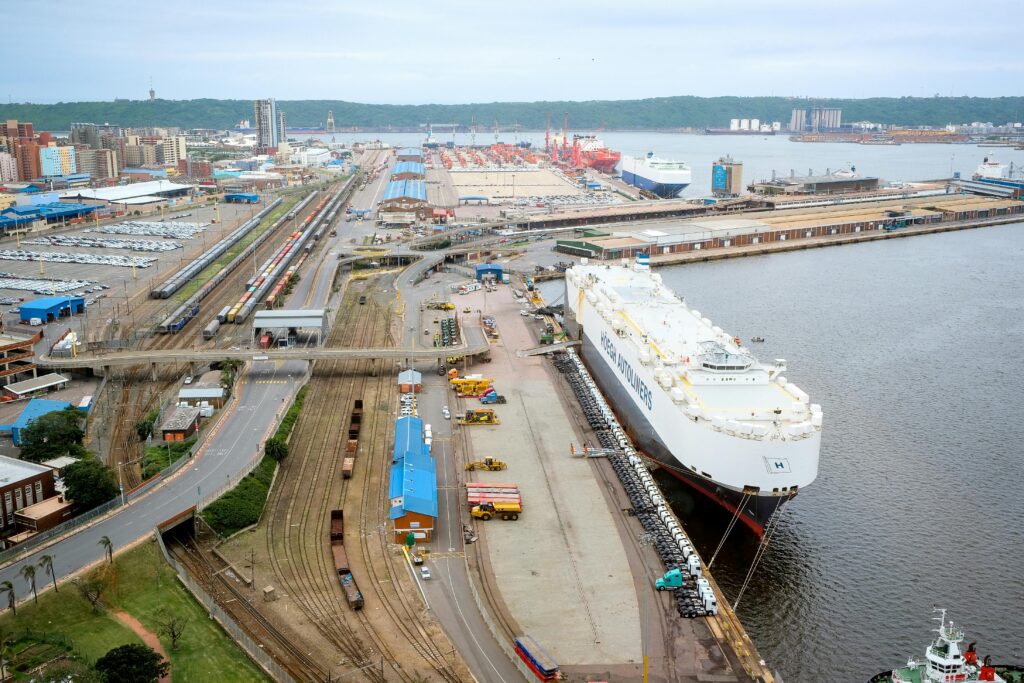Europe’s 2025 logistics playbook is being rewritten by three forces: CO2-based road tolls spreading under the revised Eurovignette rules, the EU ETS adding carbon costs onto ocean legs, and rail/inland waterway capacity and reliability that vary by corridor and season. Shippers weighing modal shift need a decision framework that translates these moving parts into total-landed-cost and service outcomes. Below is a practical guide grounded in current EU measures and network realities.

Quantify policy price signals on your road and ocean legs
- Road: As of 2024, EU rules require Member States that levy tolls to vary them by a vehicle’s CO2 performance. Countries have been adding a CO2 component to truck tolls, for example Austria from 1 January 2024 and the Czech Republic from 1 March 2024; Germany’s HGV toll rate now explicitly includes “costs for traffic-related CO2 emissions.” These changes raise the marginal cost per road kilometre for higher-emitting fleets and improve the business case for rail or barge on long hauls. Build a lane-by-lane model that swaps in each country’s CO2-classed tolls.
- Ocean: The EU ETS applies to shipping emissions from 2024, with a first allowance surrender due by 30 September 2025 for 40% of 2024 emissions, rising to 70% for 2025 and 100% from 2026. Most carriers have introduced ETS surcharges, passing costs onto shippers. When your intermodal chain includes an EU port call, expect the ocean linehaul price to embed ETS exposure and reflect prevailing carbon allowance prices.
Compare embedded emissions to create a “carbon-costed” baseline
On average, rail and waterborne freight have significantly lower greenhouse-gas intensity per tonne-kilometre than road. Using recognised frameworks in your footprint calculator lets you compare like-for-like door-to-door routings and express a “shadow carbon cost” for each option. As a simple rule of thumb, rail typically emits several times less CO2 per tonne-km than road, with inland waterway also lower than road on most flows. This helps you justify intermodal even before the monetary toll and ETS effects are added.
Stress-test rail slot availability and service reliability
Rail pathing in Europe is improving, but still uneven. The RailNetEurope TTR programme and the Rail Freight Corridors’ One-Stop Shops provide Pre-arranged Paths and Reserve Capacity, yet corridor punctuality remains mixed: combined-transport analyses show national performance ranging from under 60% of trains arriving ≤15 minutes in some large networks to around the high-80s in others. Build reliable ETAs by booking fixed paths where possible and adding schedule buffers where corridor KPIs are weaker.
Overlay seasonal risk on the inland waterway
Barge capacity and draft constraints can swing with river levels. In July 2025, prolonged heat lowered the Rhine and Danube, triggering low-water surcharges and part-loading; late-month rains then restored fuller loads on the Rhine. If your lane depends on the Rhine, Danube or Vistula, track hydrology notices and plan fallback rail capacity or transshipment points for low-water weeks.
A decision framework you can run on any European lane
- Price the policy exposure
- Add CO2-class toll components for each road segment by country.
- Add ETS pass-throughs on ocean legs touching EU ports.
- Convert emissions to money
- Calculate gCO2e/t-km for each multimodal routing and multiply by an internal carbon price to get a “carbon-costed” comparison across options.
- Feasibility checks
- Rail: confirm slot availability via corridor, Pre-arranged Paths, or Reserve Capacity for your week of operation.
- Barge: check river notices and historical low-water windows for your month.
- Reliability uplift
- Use corridor punctuality reports to size schedule buffers and choose terminals with stronger on-time records.
Sample lane study 1 – Rotterdam to Basel
Problem: A shipper moving palletised chemicals from the North Sea to Switzerland wants to cut costs and exposure to rising CO2-based road tolls in transit countries.
Options assessed:
- All-road via Germany.
- Barge via Rhine to Basel, final-mile trucking.
Findings: In typical conditions, the barge+truck option reduces tonne-km emissions relative to road and avoids multi-country road toll exposure. However, in July 2025 the Rhine’s low water prompted capacity limits and low-water surcharges; several weeks later, rain lifted levels and allowed full loads again. Decision rule: choose barge outside low-water windows or hold rail capacity as a backup during heatwaves; otherwise, road offers faster recovery from disruptions but higher carbon-cost TCO.
Sample lane study 2 – Hamburg to Munich
Problem: A German FMCG shipper faces higher HGV costs after CO2-differentiated tolls expanded and vehicles >3.5 t were brought into scope mid-2024.
Options assessed:
- Direct road haul.
- Domestic intermodal – truck to rail terminal, rail linehaul, truck out.
Findings: Because the German toll rate explicitly includes a CO2 cost component and is distance-based, long domestic hauls see a material per-km uplift for older diesel trucks. Intermodal rail’s lower emissions intensity plus avoidance of the full road distance often offsets extra handling and terminal fees, especially on steady weekly flows. Reliability hinges on booking fixed paths and adding modest buffers given corridor punctuality data. Decision rule: once annual road distance on this lane exceeds a threshold, shifting a base-load to rail stabilises costs against future toll adjustments.
How to operationalise the switch
- Build a living “carbon-costed” lane matrix that refreshes CO2-class tolls, ETS surcharges, and corridor KPIs quarterly.
- For rail, request Pre-arranged Paths early and secure Reserve Capacity for contingencies under the TTR timelines.
- For river-dependent lanes, define trigger levels and surcharges that prompt pre-planned diversions to rail.
- Keep procurement flexible – a core intermodal base-load with optional road capacity for volatility often delivers the best 2025 mix of cost, service and compliance.
